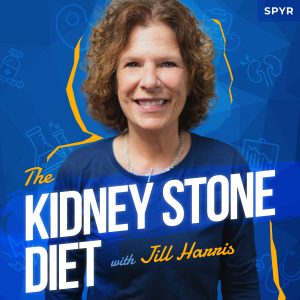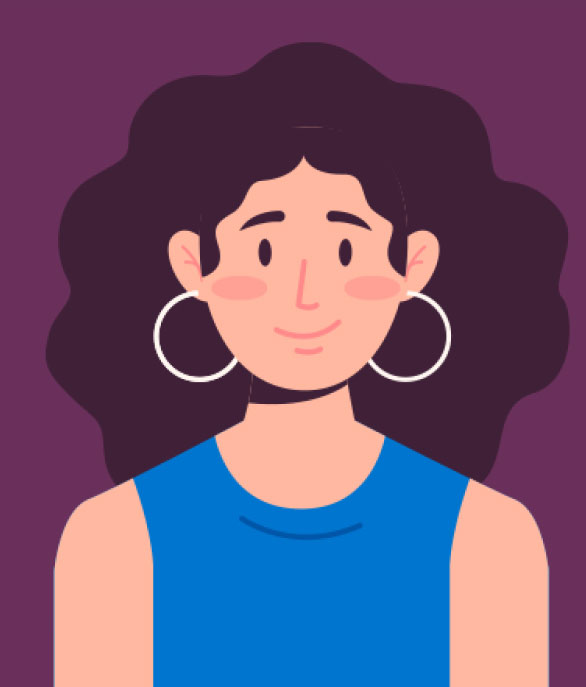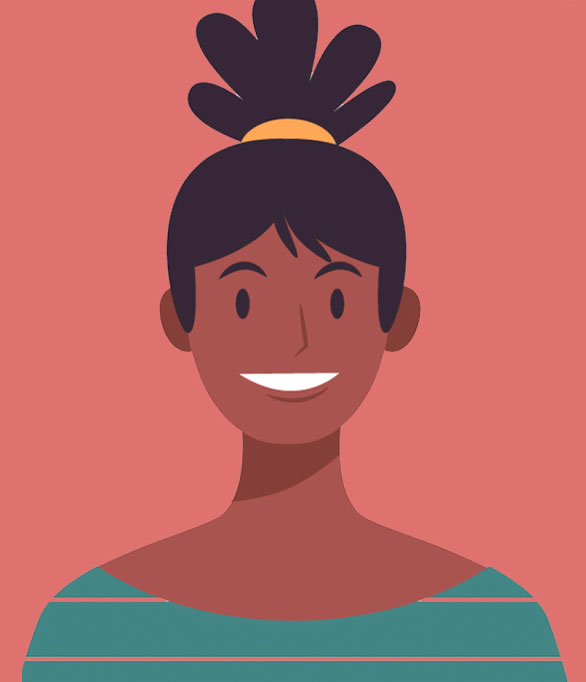In this conversation, Jeff Sarris and Jill Harris discuss the potential risks associated with consuming spinach, particularly for individuals prone to kidney stones. They explore the high oxalate content in spinach, its implications for kidney stone formation, and the importance of calcium in mitigating these risks. The discussion emphasizes the need for moderation and variety in dietary choices, especially for those with a history of kidney stones.
Takeaways
- Spinach is the highest oxalate food, potentially leading to kidney stones.
- Many people unknowingly consume excessive spinach, increasing their oxalate intake.
- Dietary changes can lead to unintended health issues, like kidney stones.
- Healthcare professionals should advise moderation and variety in diets.
- Calcium is essential for preventing kidney stones, but spinach may hinder its absorption.
- Accidental consumption of spinach is not likely to cause kidney stones.
- Kale can be a better alternative to spinach for calcium intake.
- Patients often feel frustrated when healthy choices lead to health issues.
- Dietitians and healthcare providers need to communicate risks clearly.
- Maintaining bone health is crucial, especially for older adults.
00:00 The Spinach Dilemma: A Superfood or a Stone Culprit?
07:18 Understanding Oxalates: The Calcium Connection
Jeff Sarris (00:00)
Did spinach give me kidney stones? Let’s talk about that.
Alright, so, spinach. Superfood. Healthy food. But did spinach, or does spinach, actually have the potential to give someone kidney stones?
Jill (00:17)
Spinach, I think is, I mean it’s right up there, the number one or number two, I think it’s number one. Buckwheat groats are pretty high too, but spinach is the number one highest oxalate food, hundreds. So one cup of spinach can be nearly 700 milligrams of oxalate. And oxalate is a compound that we find in kidney stone formers.
A lot of us can eat a lot of plants. A vegan may eat a lot of plants. Spinach is usually a staple in their diet. And some plants have so much oxalate, like spinach. The body also makes oxalate. So it’s a byproduct of general metabolism. So even if you just never ate a plant food again, you’ll still have some oxalate in your system. But there is nothing more frustrating than somebody who has changed their diet, because maybe a great example is they got diabetes and now they’re scared and they’ve got to eat more plant foods, less carbs. And they started eating spinach, spinach smoothies and spinach salads, lots of spinach. And six months later, they get a pain in their back in the middle of the night.
They’re like, honey, we got to go to the ER. And the CT shows it’s a kidney stone. Next thing you know, you go into the urologist. And that spinach was definitely a factor in your new calcium oxalate stone. This is so common. This is what I hear every day. Jill, my God, I changed my whole diet. I lost 50 pounds.
I incorporated spinach. I never ate spinach, but you know, I was told to eat some spinach and some healthy things like almonds. And I really was, I had a spinach smoothie every day. Folks, here’s the thing about spinach. If you have one cup of spinach, that is as big as my eyeball. So I mean, it just sautees down to nothing. You put a whole bunch of spinach in a pan and when you open the cover, you see them in spinach. There’s like, how am I going to eat? There’s no food. So nobody ever makes one cup of spinach. It’s several cups of spinach. So you’re talking 3,000 milligrams of oxalate every time you have something with spinach. It’s a lot.
And you do that every day because these same patients, every single day, Jill, every single day. Because when we’re told to eat something healthy, we tend to bring it in every day. Most of us, and we should be, but most of us are not eating tons of different things every day. We get in our routine. We have the same oatmeal every day for breakfast with two blueberries. We have our spinach with our ranch dressing, whatever you’re doing. And then we have dinner, we have meat, potato. That’s what we do. It’s the same thing, a little variation every day, but basically the same thing. And almonds in between for snacks. This is what I’m listening to all day. I’m not making it up.
So I can’t tell you how frustrated you are when you call and you tell me, I thought I was doing something good for myself and here I gave myself a stone. The first thing I say to those patients, which is I probably say seven out of 10 of my patients tell me this story. The first thing I say to those patients is, uh-uh, no, no, you did not do this to yourself. You did not know. You changed your whole life. You lost 52 pounds. Don’t you dare get mad at yourself for this. Nobody told you.
I wish when people, other healthcare people, would tell people to have, when they’re changing their diet, you know, everything in moderation, use a variety of foods, but that spinach and almonds in the dietitian’s office, that’s just such a go-to all the time. And I have given, I have been asked to guest speak at conferences for dietitians and I’ll say, hey, listen, when you’re given the advice for spinach and almonds, in moderation, a wide variety of these foods. Nothing against dieticians. God bless them, we need them, obviously, right? But I mean, any healthcare professional, nurse, doctor, dietician, rheumatologist, we’ve got to be careful in what we say because patients take that to heart and they take our words and all the things they do that I hear every day. It’s like that’s, I know the doctor didn’t intend that, but Billy took it upon himself to eat 17 cups of spinach. This is what people do.
So it’s very frustrating when you change your diet to something that’s healthier. You get the benefit, whether it’s lowering your blood sugar, lowering weight, lowering your blood pressure, whatever it is, but you got this damn kidney stone now. It’s like damned if I do, damned if I don’t. That’s a phrase I hear daily, you know? And so I understand it. When you’re doing something healthy for yourself and get sick anyway, it’s the worst feeling in the world. So I understand it.
I guess spinach is something really you just can’t eat it anymore. It’s just not worth it either because there’s thousands of milligrams in whatever you’re going to have. Now, that being said, here’s what I hear. Jill, I went out to eat. I saw spinach lettuce. I saw a piece of spinach in my salad. Jill, I called the waiter, I called the manager, I called the maitre d. Get this plate off my table, they said. Now, if you accidentally eat a piece of spinach, you’re not making a stone, folks, okay?
But I do ask all of you stone formers and those of you who may be watching, you may be saying I ain’t made no stone yet, okay? So especially if you have a stone history in your family. But I’ll tell you this, I’ve had a lot of patients that got kidney stones because of the oxalate in spinach and they don’t have a family history of stones. So what I’m telling you is if you stumbled upon this video and you’re like, I ain’t a stone former, shut up. I don’t want you to be either. So slow your roll on the amount of spinach you’re having. Once a week, go ahead. Get your calcium needs met because not one of these patients, and a lot of these patients, they were eating spinach, especially my beautiful vegans. They were eating spinach to get calcium. But there’s so much oxalate in that spinach that it overrides the amount of calcium you’re getting in it.
Jeff Sarris (07:18)
And for clarity on that too, it’s because it binds. Calcium binds with oxalate. So that’s an entirely separate topic that we could dive into. And we do on the website, kidneystonediet.com, you can learn about every single one of the goals, including oxalate. But I think it’s important just to note that calcium has a requirement in order for the body to remove oxalate. So that’s why we’re talking about this here.
Jill (07:33)
Yes, sir. So you’re not going to get the calcium you need through all that spinach because the oxalate is taking that calcium and not letting your body use it. So spinach for kidney stone formers, it is removed. Spinach for everyday people that may be looking at this video, slow your roll on how much you’re eating please. Get your calcium needs met. KidneyStoneDiet.com. Everybody should be getting calcium needs met because you have a skeleton you need to feed.
The older we get, especially women, because we lose our estrogen, we’re at bone risk. And I don’t know about you guys, but I really want to be able to get out of my chair in 10 more years. So the strength that we need from our bones, so important. So spinach off the table for kidney stone formers. That’s it, Jeff. And I hate to do it because it’s a really healthy thing. But kale, Jill, kale is not as good. I promise you folks, get the baby kale. It’s a lot softer because there is kale that’s really crunchy and has ribs. There’s a lot of ribs in it. So it’s not as flexible as spinach. Look for baby kale in your grocer and saute that down. That’s very low in oxalate. And we need to do another video on kale too, Jeff, because a lot of people think that’s high and it’s not. They can have kale. But again, all foods within moderation.
Jeff Sarris (09:03)
Yeah. So I think with that, it’s a great spot to wrap. Again, go to kidneystonediet.com to learn everything about the kidney stone prevention goals and to sign up for the weekly newsletter or sign up for the kidney stone diet meal plan so you know exactly what to eat. Seven days a week, four meals, including a snack per day. But anyway, I think we’ll wrap and see you next week.
Jill (09:24)
Everybody have a wonderful week. Thanks for being with us and like and subscribe if you can.














Leave a Reply